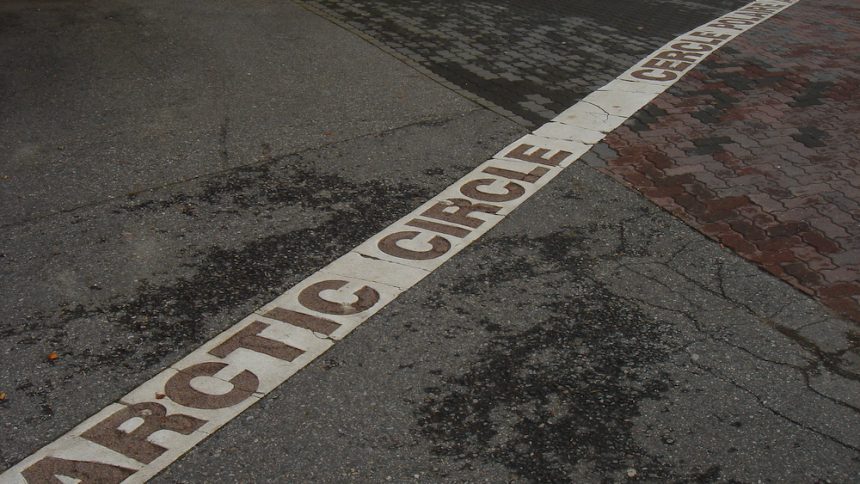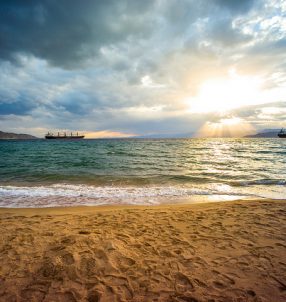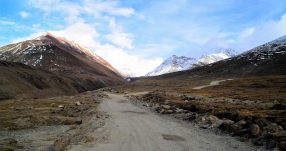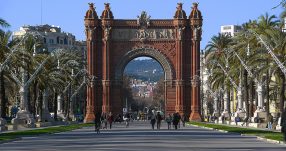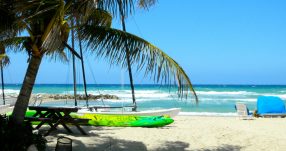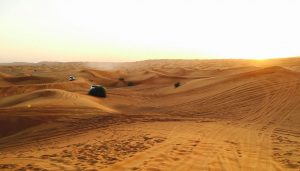We’ve all heard about the Arctic Circle and the Equator, but did you know there are actually five of these major circles of latitude: the Arctic Circle, the Tropic of Cancer, the Equator, the Tropic of Capricorn and the Antarctic Circle. What exactly are these so-called lines, what distinguishes each and where can you find them? Here, we’ll introduce the most important things to know about each of the major circles of latitude, and maybe your next adventure travel challenge could be to stand on the point of each of the circles of latitude, or to try to circumnavigate the globe along one of these circles.
Photo By: Miles Sabin
Arctic Circle
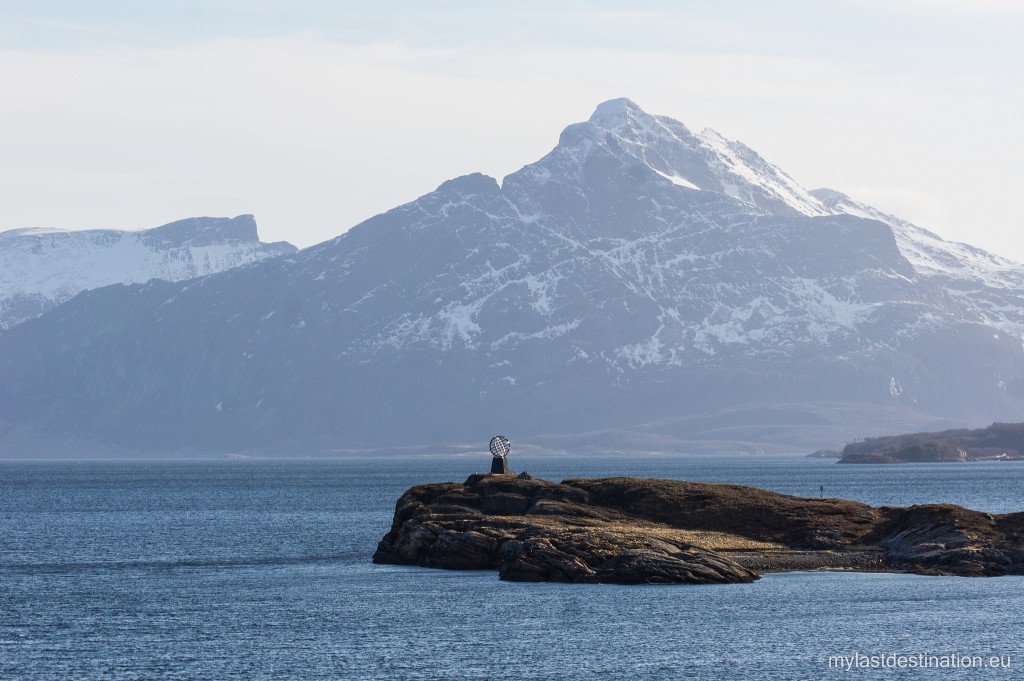
The circles of of latitude are imagined lines that go parallel around the globe, never intersecting. The largest is the Equator (which cuts across the Earth like a waistband), and each line is set equal distances apart, with the circles getting smaller as they move further away from the Equator. The lines of longitude run vertically around the Earth intersecting with the lines of latitude, creating degrees of longitude-latitude, which are often used to provide exact locations.
Of course there’s an infinite number of specific lines of longitude and latitude that can be given – depending on how specific you want to get, but in this article we look at just the major – and most famous – circles of latitude.
After the Equator, the Arctic Circle is probably the most well-known. It currently runs 66°33′46.0″ north of the Equator, and on a map it’s like a large circle drawn around the North Pole. The area within the circle is known as the Arctic. Greenland, Canada, Alaska, Russia, Finland, Sweden and Norway are each crossed by the Arctic Circle. The area within the Arctic Circle has the phenomenon of a long day and long night, for example at the North Pole the sun stays above the horizon during the summer months, and below the horizon during the winter months. This phenomenon is also known as the Midnight Sun in summer. Much of what’s within the Arctic Circle is the Arctic Ocean, including the North Pole, with large chunks of drifting ice there as opposed to landmass. There are just a couple of major cities within the Arctic Circle include Murmansk, Norilsk and Tromso. While you can see this phenomenon elsewhere, along some parts of the Arctic Circle you can see the Northern Lights too. Norway’s Vikingen Island has an Arctic Circle Globe (pictured above) that marks where the Arctic Circle goes, although many spots have lines and signs marking this “border” of sorts.
Tropic of Cancer
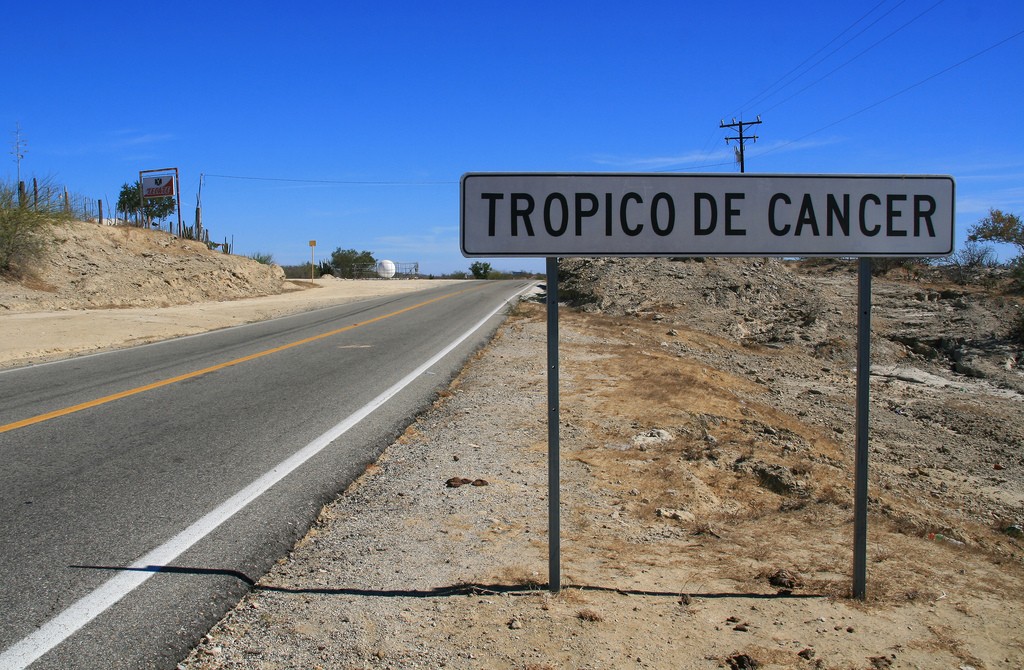
As with all of the circles of latitude (except the Equator), the exact position changes ever so slightly based on the Earth’s axis. Currently the Tropic of Cancer sits at 23°26′14.0″ cutting an imaginary line across Central America, northern Africa, the Gulf states, India and southern Asia. The region between the Tropic of Cancer and the Tropic of Capricorn (with the Equator in between) is considered “the tropics.” Along the Tropic of Cancer the weather is usually very hot in summer, and warm in winter. Part of the Sahara Desert sits along the Tropic of Cancer, where elsewhere it can experience a short wet season.
Equator
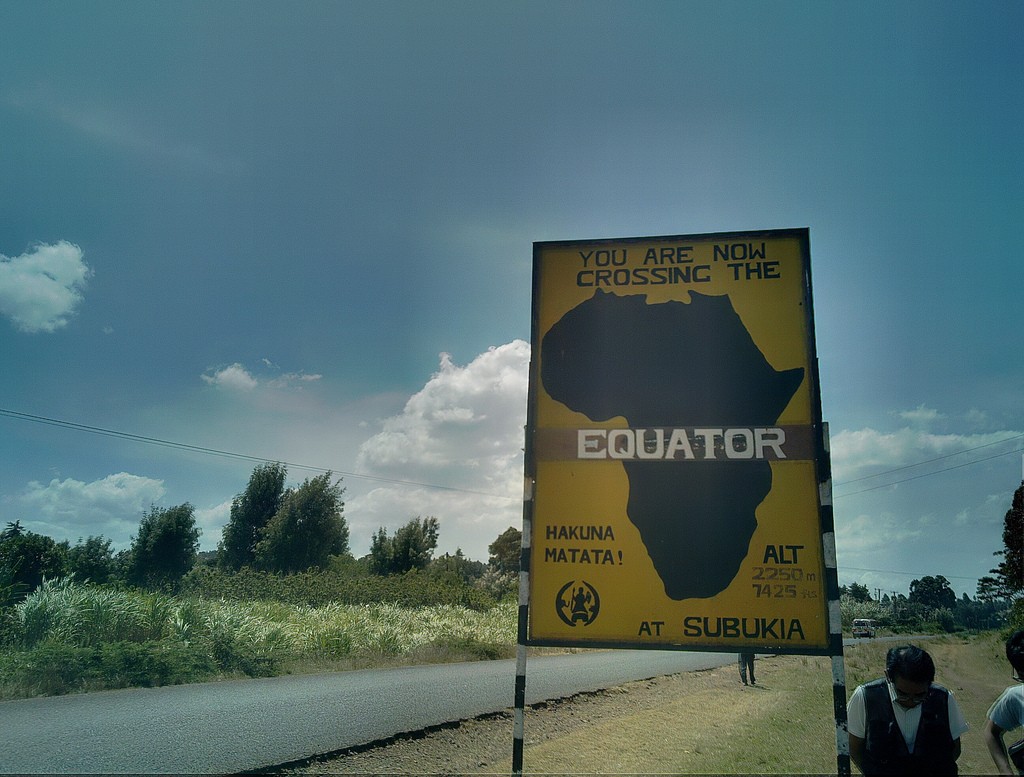
Probably the most famous of them all, the Equator is an equal distance from the North Pole and the South Pole and goes in a large horizontal circle around the Earth. This imaginary line divides the Earth into the Northern Hemisphere and the Southern Hemisphere. The equator is just more than 40,000 kilometers long, which is good to know say if you were interested in walking along it, although you couldn’t really do this as just over 20% of it cuts across land, the rest crosses water like the Indian, Pacific and Atlantic Oceans. The latitude is 0°. Along the Equator the temperatures are steady and high throughout the year with no real distinction between the seasons, except at high altitude spots like Mount Kilimanjaro and the Andes. Instead, along the Equator, and in other parts of the tropics the seasons are more like a wet and dry season as opposed to the four seasons of summer, winter, autumn and spring. Experiencing the torrential rains of a wet season is really something!
Tropic of Capricorn
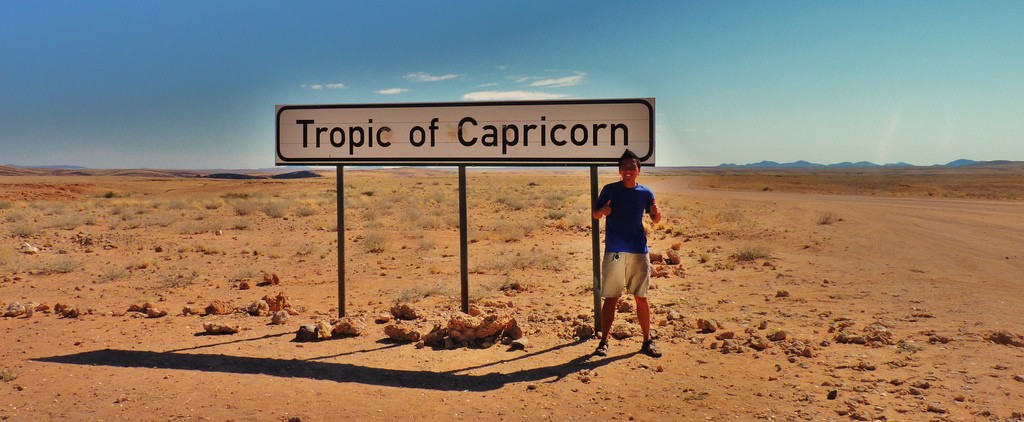
The other major tropical circle (aside from the Tropic of Cancer) is the Tropic of Capricorn, which is in the Southern Hemisphere. This imagined line cuts through Australia, southern Africa and Southern America; it also cuts through the Indian, Atlantic and Pacific Oceans. Much more of the Earth’s land is in the Northern Hemisphere, so the Tropic of Capricorn slices across a fewer number of countries.
Antarctic Circle
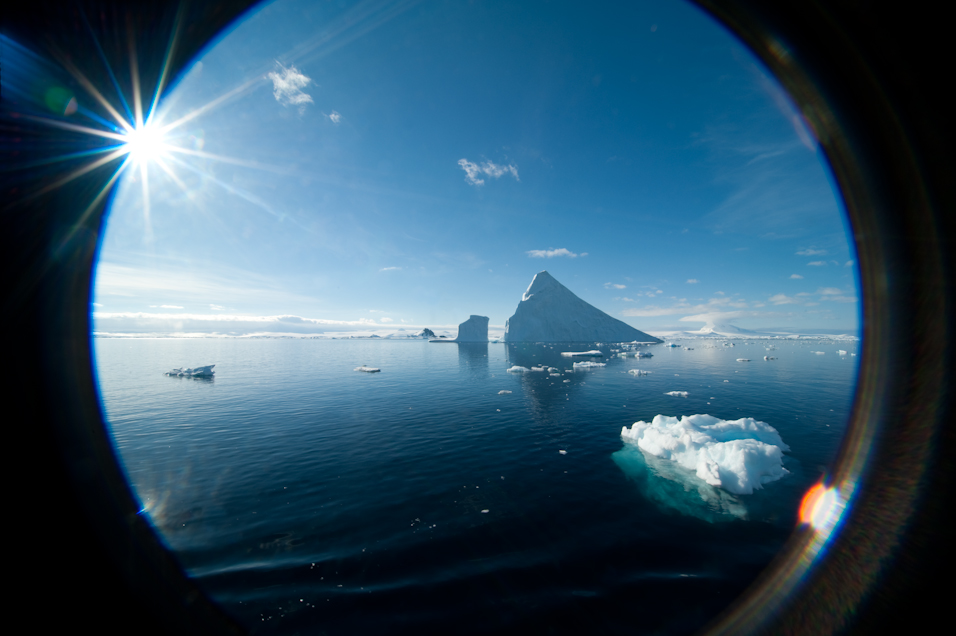
The other major polar circle (other than the Arctic Circle) is the Antarctic Circle. It’s the southernmost major circle of latitude. Within its imagined permitters lies pretty much the entire continent of Antarctica, the central point of this large circle is the South Pole. No one lives permanently on Antarctica, although there are some research stations there, where people do live for shorter periods. There have also been some semi-permanent whaling stations there, and tour operators also take groups there. Antarctica is an icy land mass, with glaciers as well – although contrary to popular belief not the whole continent is covered in ice and snow! Although it is expensive, it’s possible to go on adventure holidays to Antarctica, which involve seeing things like penguins, giant icebergs, seals, whales, plunging into the icy waters of Antarctica or going sea kayaking. You could also sign up to run the Antarctic Ice Marathon if you dare.
In adventure travel news, n innovative new natural desert reserve spanning 10 percent of the total area of Dubai has been launched in the UAE. The Marmoon Desert Reserve Project is set to be the site of several ecotourism projects and conservation efforts contributing to the protection and nurturing of the environment,…
Hot Topics
In adventure travel news, n innovative new natural desert reserve spanning 10 percent of the total area of Dubai has been launched in the UAE. The Marmoon Desert Reserve Project is…


